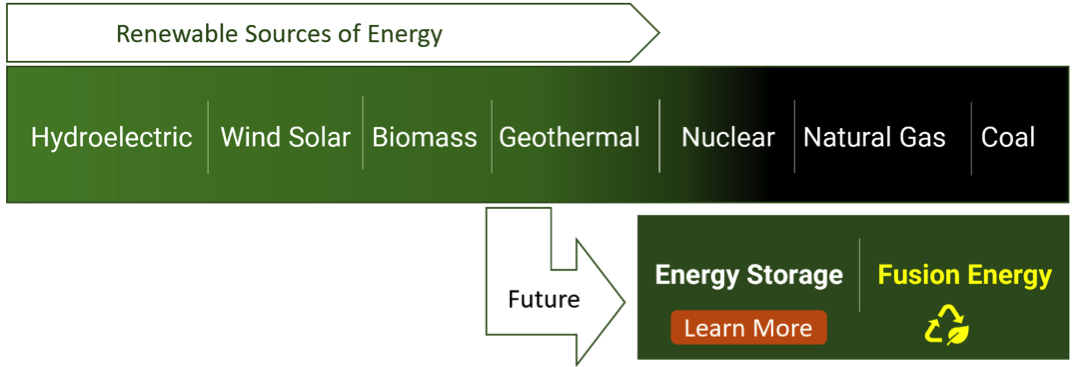Next-generation fusion devices offer the promise of clean, efficient energy on a scale current technologies and approaches can’t offer. There are a number of fusion systems under development today, leveraging multiple technical concepts at the core of the design to achieve the plasma reaction required. The recent advances in all areas of fusion have gained significant attention in the market. Investors such as Bill Gates, Jeff Bezos, and Jack Ma have been involved in providing significant funding for fusion projects pursuing the creation of a commercially viable fusion power generation facility. Various approaches include Magnetic Confinement Fusion (MCF) also known as Tokamaks, Inertial Confinement Fusion (ICF) , Magnetized Target Fusion (MTF), Field-Reversed Configuration (FRC), Stellarator, and more recently Orbiton. Tokamaks, Stellarators, and Orbitons are of particular interest for the utilization of high temperature superconductor wire
Innovative approaches to electric load balancing are required for future electric grids.
Renewables are changing the world for the better with more being added daily. The ongoing evolution of the power grid requires a balanced network where the available power supply matches power demand. As solar power is only generated during the day, and wind power is when the wind is blowing, additional solutions are necessary. This can be accomplished by keeping legacy sources of power in the network for load balancing, or by trying a new approach such as clean energy storage and fusion energy generation, which emit no carbon dioxide or waste byproducts with 24/7 availability.

Tokamak architectures are of particular interest to high temperature superconductors as they utilize ultra-high-performance magnets to contain the plasma. Tokamak designs have been under development for several years and represent a very significant portion of the funding to date to develop a fusion device. The most notable recent example is the ITER project – a $20 billion Tokamak fusion program that uses superconducting magnets 15.5 meters in height. The ITER system is expected to be the first fusion system to produce more power than it uses, a watershed achievement for the technology. Today, new industry leaders have raised over $5 billion in funding for the development of fusion solutions. Greater than 27 companies are now focused on fusion and the future is looking very bright for this game-changing technology.
The development of this system began in 2006, utilizing the best superconducting materials available at that time. ITER is now 50% built and is scheduled to become operational in 2025.
It is important to note that since 2006 dramatic performance improvements have occurred with the advent of high-performance HTS wire. Many industry experts believe that this new wire will allow Tokamak designs that are significantly smaller, addressing a huge current barrier to future commercialization.
The main benefit derived from high temperature superconductor wire is to increase the electrical field for the superconducting magnets, thereby delivering the magnetic strength needed in a much smaller package. High temperature superconductor wire plans to bring superior power density performance to magnet applications. Another important element is the ability to operate at a higher temperature of 20 Kelvin versus the legacy 4 Kelvin. This temperature increase reduces the cost, complexity, and size of the overall cryo-cooling subsystems.
History
Fusion projects have been under development by governments and educational institutions for several decades. Billions of dollars have been invested to date into the fundamental science and physics surrounding fusion. Many technologies have taken giant leaps forward during the ensuing years, from computer processing power to the discovery of advanced materials. The technology utilized to make superconducting wire has similarly made great advances during that time.
Early fusion projects utilized low-temperature superconducting materials, that offered support for magnetic fields from 10 to approximately 18T. As high-temperature superconducting materials emerged, scientists began to incorporate technology where it provided a distinct advantage in magnetic field performance, now exceeding 20T @ 20K. Due to the superior current density of the materials, for the first-time designers see a path to the construction of a magnet powerful enough for the application yet compact enough to make the overall device a manageable size.
To learn more about fusion: Nature’s Perfect Energy Source,
Refer to Fusion Industry Association for more resources. www.fusionindustryassociation.org